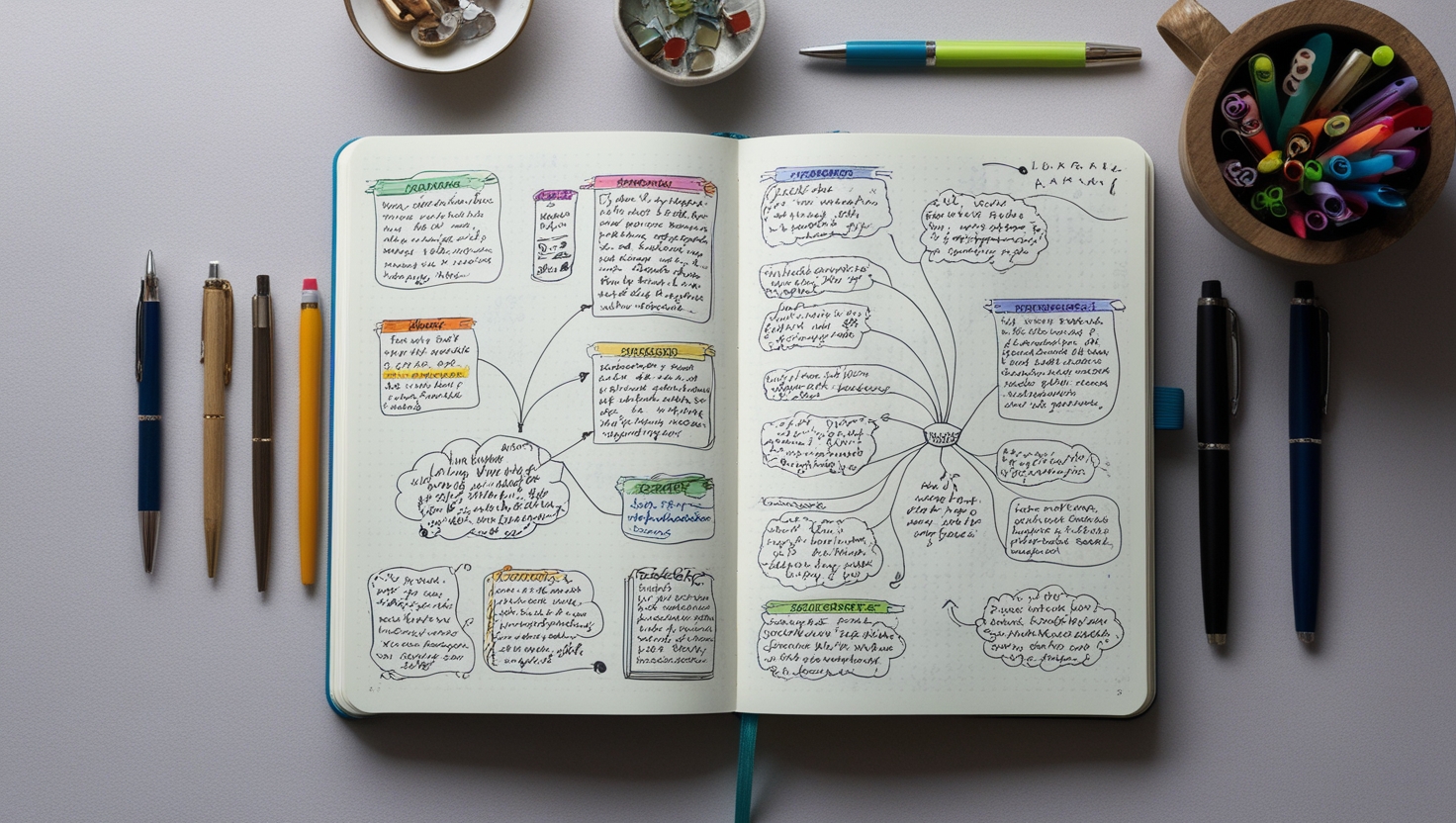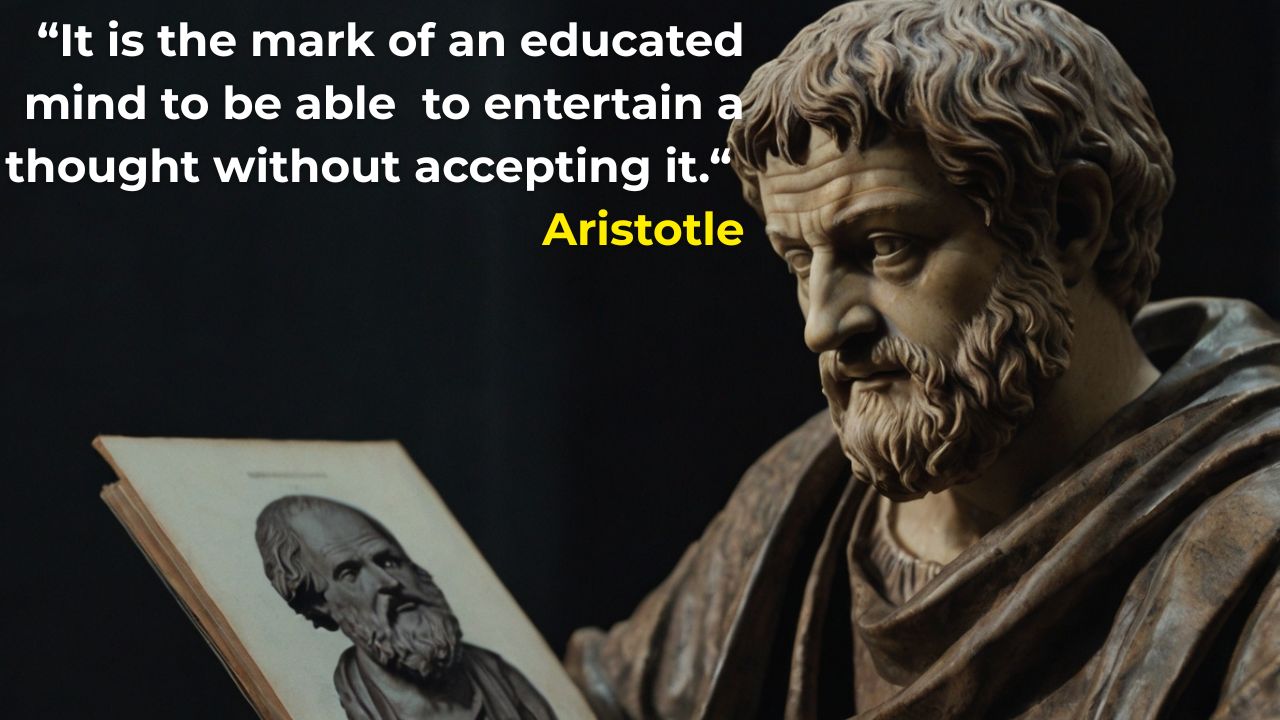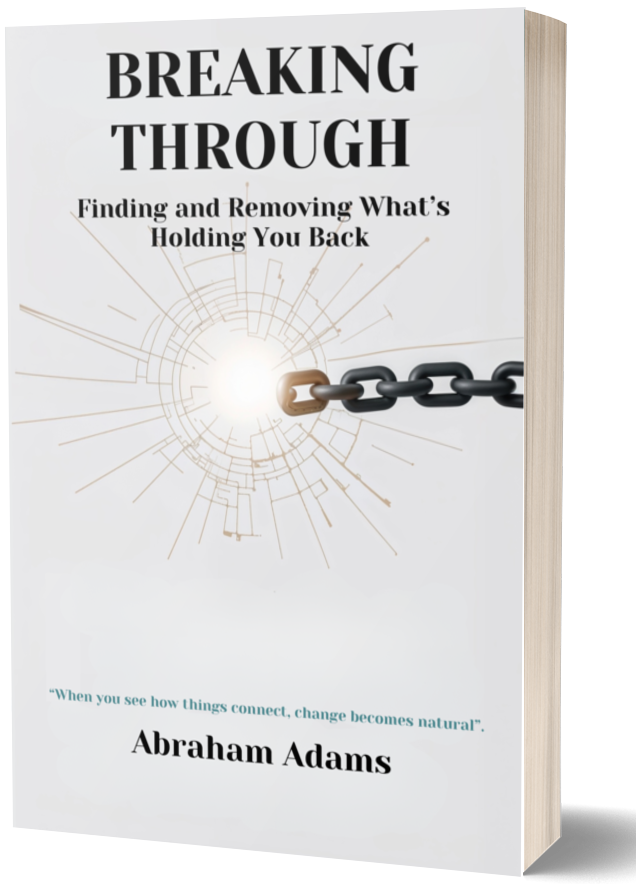Article 5: The Ultimate System - Designing a Life Where Good Habits Are Inevitable
You've learned to recognize habits, understand their formation timeline, stack them strategically, and recover from setbacks. Now it's time for the ultimate level: creating an integrated system where positive behaviors become so natural, so inevitable, that willpower becomes almost irrelevant. This is how you move from someone who has good habits to someone who is shaped by them.
From Habits to Identity
The highest level of habit mastery isn't about doing different things—it's about becoming a different person. Every action you take is a vote for the type of person you want to become. Repeat enough votes, and you win the election of your identity.
When you exercise regularly, you start to see yourself as "someone who works out." When you read daily, you become "a reader." When you eat nutritious food consistently, you identify as "someone who takes care of their body." This identity shift is powerful because it changes your decision-making at a fundamental level.
A person who identifies as healthy doesn't need willpower to choose salad over pizza—choosing salad aligns with who they are. Someone who sees themselves as disciplined doesn't struggle to wake up early—early rising is simply what disciplined people do.
Identity-Based Habits: Instead of focusing on what you want to achieve, focus on who you want to become. Then ask: "What would this type of person do in this situation?"
The Four Layers of Behavior Change
Most people try to change their habits at the surface level—focusing on outcomes (what they want to achieve) or processes (what they want to do). But lasting change happens when you work from the inside out:
Layer 1: Identity (Who you are) - This is the core. Your beliefs, worldview, and self-image.
Layer 2: Process (What you do) - Your habits, systems, and methods.
Layer 3: Outcomes (What you get) - Your results, achievements, and external measures.
Most habit change fails because it starts with outcomes and works inward. "I want to lose 20 pounds, so I'll exercise daily." But identity-based habit change starts with identity and works outward: "I want to become someone who prioritizes health, so I'll make choices that healthy people make."
Environmental Design: Making Good Choices Inevitable
Your environment is the invisible hand that shapes your behavior. Every day, you make dozens of choices that feel like personal decisions but are actually responses to environmental cues. Master your environment, and you master your habits.
The Principle of Least Effort: People gravitate toward the option that requires the least energy. If you want to eat more fruit, put it where you'll see it first when you open the refrigerator. If you want to read more, place books throughout your living space. If you want to exercise, lay out your workout clothes the night before.
Friction Design: Add friction to bad habits and remove friction from good ones. Make it harder to check social media by logging out of accounts and removing apps from your home screen. Make it easier to drink water by placing bottles everywhere you spend time.
Environmental Audit: Walk through your living space and identify every cue that triggers an unwanted behavior. Then identify every barrier that makes desired behaviors more difficult. Make a list of specific changes you can implement this week.
The Power of Social Systems
We are social creatures, and our habits are deeply influenced by the people around us. The most powerful habit systems leverage social dynamics to create accountability and support.
The Three Social Levels:
Level 1: The Close - Your family, closest friends, and people you see daily. Their habits become your habits through constant exposure and social pressure.
Level 2: The Many - Your broader social circle, coworkers, and community. They establish what's "normal" in your environment.
Level 3: The Powerful - People you admire, mentors, and role models. They show you what's possible and inspire you to raise your standards.
Strategic habit formation involves intentionally curating each level. Join groups where your desired behavior is normal. Find accountability partners who share your goals. Seek mentors who embody the identity you want to develop.
Social Strategy: You don't just adopt habits—you adopt the social groups where those habits are normal. Want to become a runner? Join a running club. Want to read more? Join a book club. The social pressure will pull you toward the behavior even when motivation fails.
Building Automatic Systems
The ultimate habit system runs on autopilot. It's designed so well that good choices happen naturally, without conscious effort or decision-making fatigue.
Decision Elimination: The fewer decisions you have to make about your habits, the more likely you are to maintain them. Barack Obama famously wore the same color suit every day to eliminate decision fatigue for more important choices. You can apply this principle to your habits.
Set specific times for specific activities. Always work out at 6 AM. Always read at 9 PM. Always eat lunch at the same healthy restaurant. When the decision is pre-made, execution becomes automatic.
System Redundancy: Build multiple pathways to the same outcome. If your goal is daily movement, don't just rely on going to the gym. Have backup options: bodyweight exercises at home, walking meetings, taking stairs instead of elevators. This way, changing circumstances don't derail your entire system.
The Habit Stack Ecosystem
At the mastery level, you don't just stack individual habits—you create ecosystems of interconnected behaviors that reinforce each other throughout your day.
A master-level morning routine might look like this:
"When I wake up, I immediately make my bed (commitment to the day). After I make my bed, I drink a large glass of water (hydration). After I drink water, I do 5 minutes of stretching (mobility). After I stretch, I write three priorities for the day (focus). After I write my priorities, I eat a healthy breakfast (nutrition). After breakfast, I review my schedule (preparation)."
Each behavior flows naturally into the next, creating momentum that carries through the entire morning. Missing one step feels uncomfortable because it breaks the flow, making the system self-reinforcing.
Design Your Ecosystem: Map out your ideal day from wake to sleep. Identify natural transition points where you can stack complementary habits. Focus on creating 2-3 strong chains rather than trying to optimize every moment.
The Advanced Tracking System
Master-level habit tracking goes beyond simple completion checkmarks. You track leading indicators, environmental factors, and system performance, not just individual behaviors.
Leading Indicators: Track the behaviors that predict success with your main habits. If your goal is reading daily, track how often you charge your e-reader, how many books you have ready, and how often you eliminate distractions in your reading space.
Environmental Tracking: Monitor which environments support your habits and which sabotage them. Where do you exercise most consistently? What time of day are you most likely to eat well? When do you feel most creative?
System Health: Track how well your overall system is functioning. Are your habit stacks flowing smoothly? How quickly do you recover from disruptions? Are your social environments supporting or hindering your goals?
The Compound Effect at Scale
When you master habits at the system level, you experience compound effects that go far beyond individual behaviors. Your entire life begins to improve simultaneously because all your positive habits reinforce each other.
Exercise improves your energy, which improves your focus, which improves your work performance, which reduces stress, which improves your sleep, which improves your recovery, which improves your exercise performance. Reading increases your knowledge, which improves your decision-making, which improves your relationships, which improves your happiness, which motivates you to read more.
This is why people who master one area of their life often seem to effortlessly improve in others. They're not superhuman—they've learned to create positive feedback loops between their habits.
The Integration Principle: At the highest level, your habits don't compete for time and energy—they create time and energy. A well-designed system makes you more capable, not more busy.
Continuous Evolution
A master-level habit system isn't static—it evolves as you grow and your circumstances change. You regularly audit what's working, what isn't, and what needs adjustment.
Quarterly, ask yourself: Which habits are serving my current goals? Which have become outdated? What new challenges require new habits? How can I simplify my system while maintaining its effectiveness?
This isn't about perfection—it's about conscious evolution. You become someone who doesn't just maintain habits, but who consciously designs and redesigns their life for continuous improvement.
The Ultimate Freedom
Here's the paradox of habit mastery: the more automatic your positive behaviors become, the more freedom you experience. When good choices happen without conscious effort, you free up mental energy for creativity, relationships, and pursuing meaningful goals.
You stop spending mental energy on basic life maintenance and start using it for growth and contribution. You move from managing your life to designing it, from reacting to circumstances to creating them.
Your Mastery Plan: Over the next 30 days, implement one element from each section of this article. Choose one identity you want to develop, design one environmental change, build one social connection around your habits, create one automatic system, and set up one advanced tracking method. Focus on integration rather than perfection.
From Autopilot to Conscious Design
You began this journey learning that nearly half your life runs on autopilot through habits. You've now learned to take conscious control of that autopilot system, designing it to serve your highest aspirations rather than your lowest impulses.
This is the true mastery of habits: not just building individual behaviors, but becoming the architect of your own character. You understand that you are not at the mercy of your circumstances or your past programming. You have the knowledge and tools to systematically become the person you want to be.
The journey from unconscious habits to conscious systems is not easy, but it is transformative. Every day, with every choice, you are writing the story of who you become. Make it a story worth reading.
Your life is not determined by your genetics, your upbringing, or your circumstances. It is determined by your systems. And now you know how to build systems that make the person you want to become inevitable.
The autopilot is still running. But now, you're the one programming it.
- Audio Articles
- Audio Articles 1
- Audio Articles 2
- Audio Articles 3
- Audio Articles 4
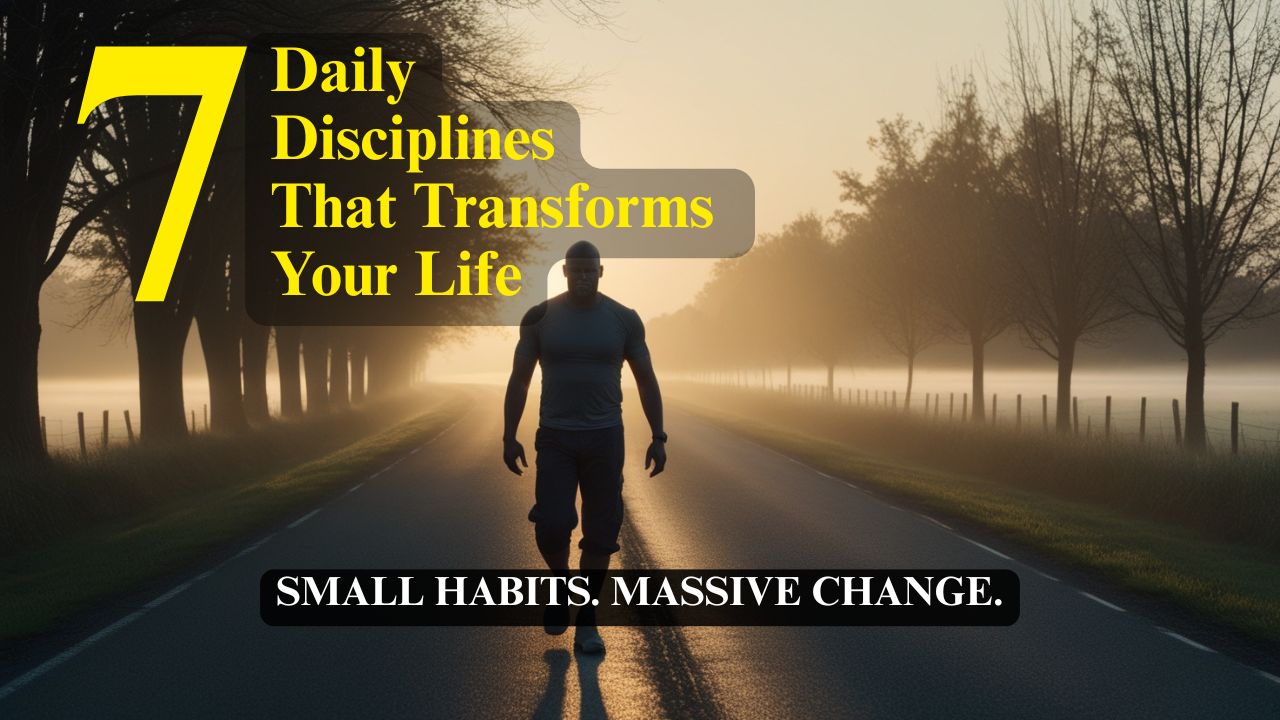
7 Daily Disciplines That Transform Your Life
The power to act with intention, to align your actions with your values, and to move steadily toward a life of purpose—even on days you don't feel like it.
Read Full Article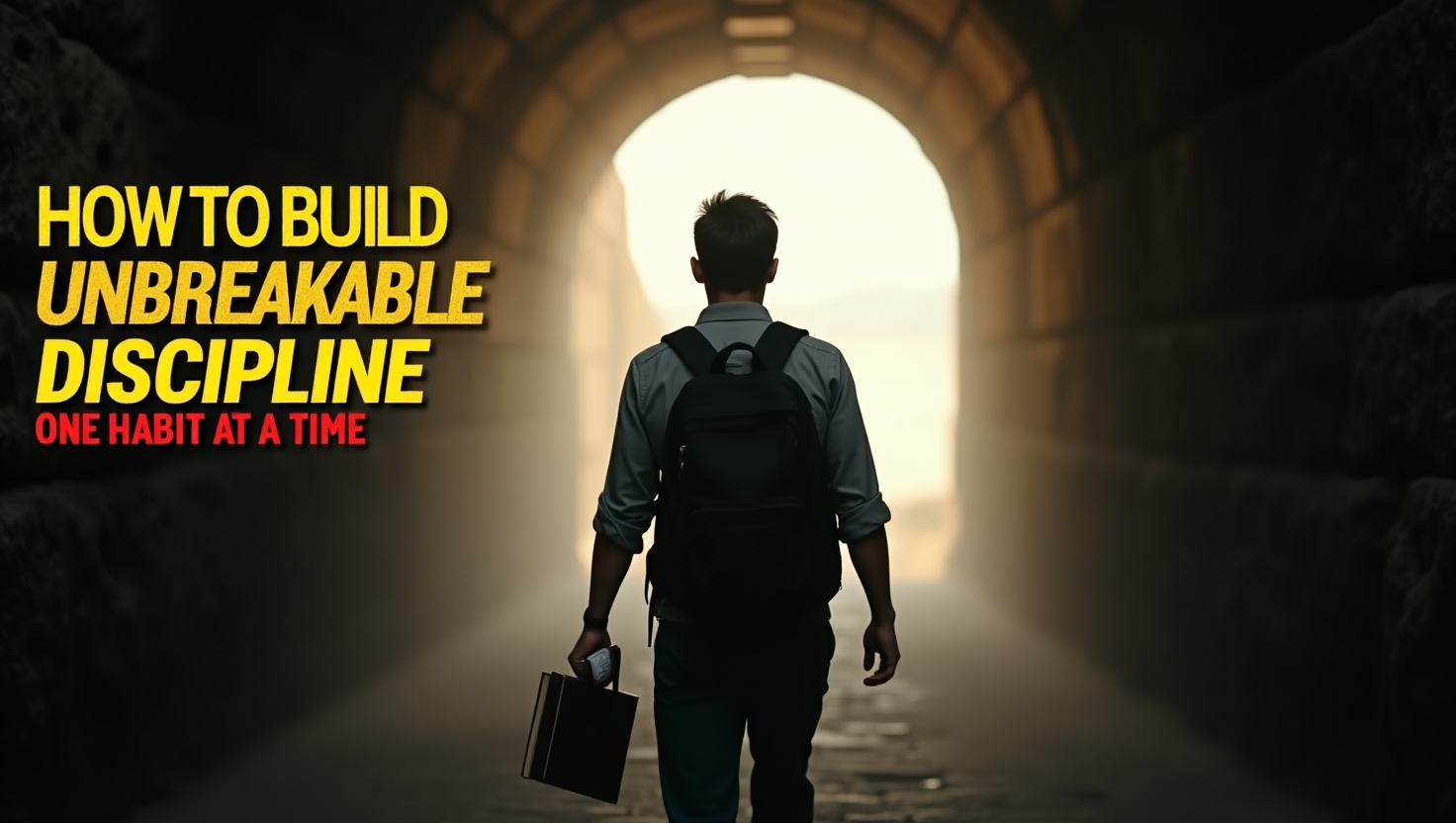
How to Build Unbreakable Discipline
Discipline is built—habit by habit, choice by choice, day by day. And the most powerful kind? The kind that doesn’t crack under pressure. The kind that becomes part of who you are.
Read Full Article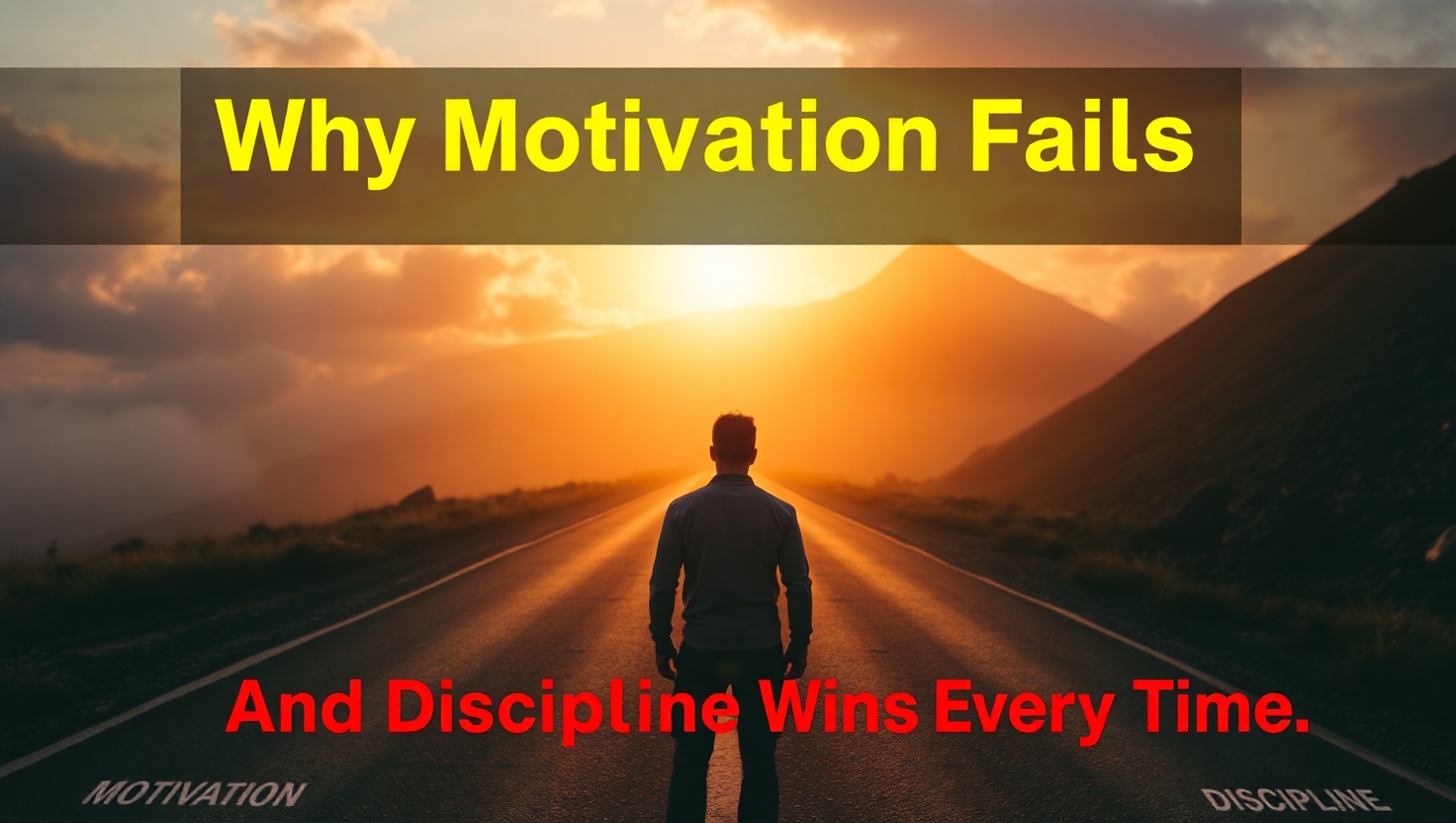
Why Motivation Fails And Discipline Wins Every Time
We all love the feeling of motivation—that surge of energy, that rush of inspiration that makes everything seem possible. But here’s the problem: motivation is unreliable. It’s emotional. It comes and goes. And if your goals rely on you “feeling like it,” you’re already in trouble.
Read Full Article
Discipline Over Desire
Desire is loud. It burns bright, talks fast, and loves to dream. But desire alone doesn't achieve much. Every person has desires. Very few have the discipline to bring them to life.
Read Full Article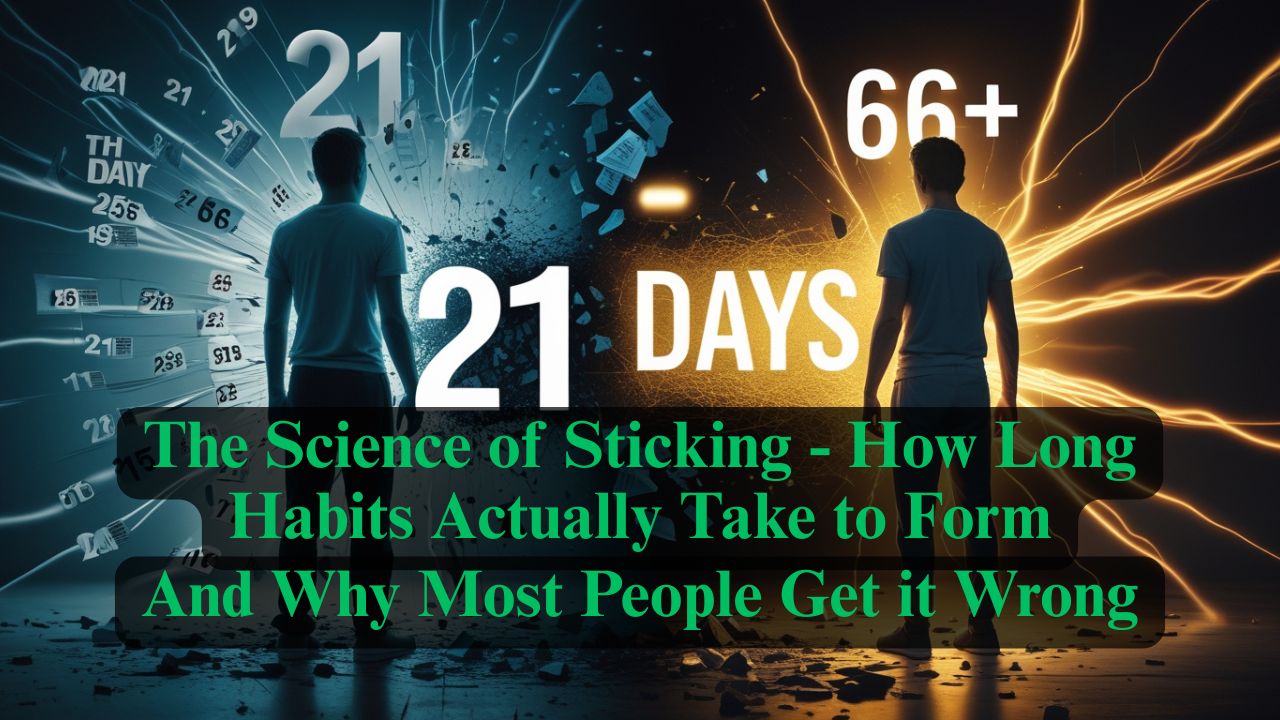
The Science of Sticking
If you've ever tried to build a new habit, you've probably heard that it takes 21 days. This number gets thrown around so often that it feels like scientific fact.
Read Full Article
The Stacking Strategy
What if I told you that the habits you already have—even the ones you consider "bad"—could become the secret weapons for building the habits you want?
Read Full Article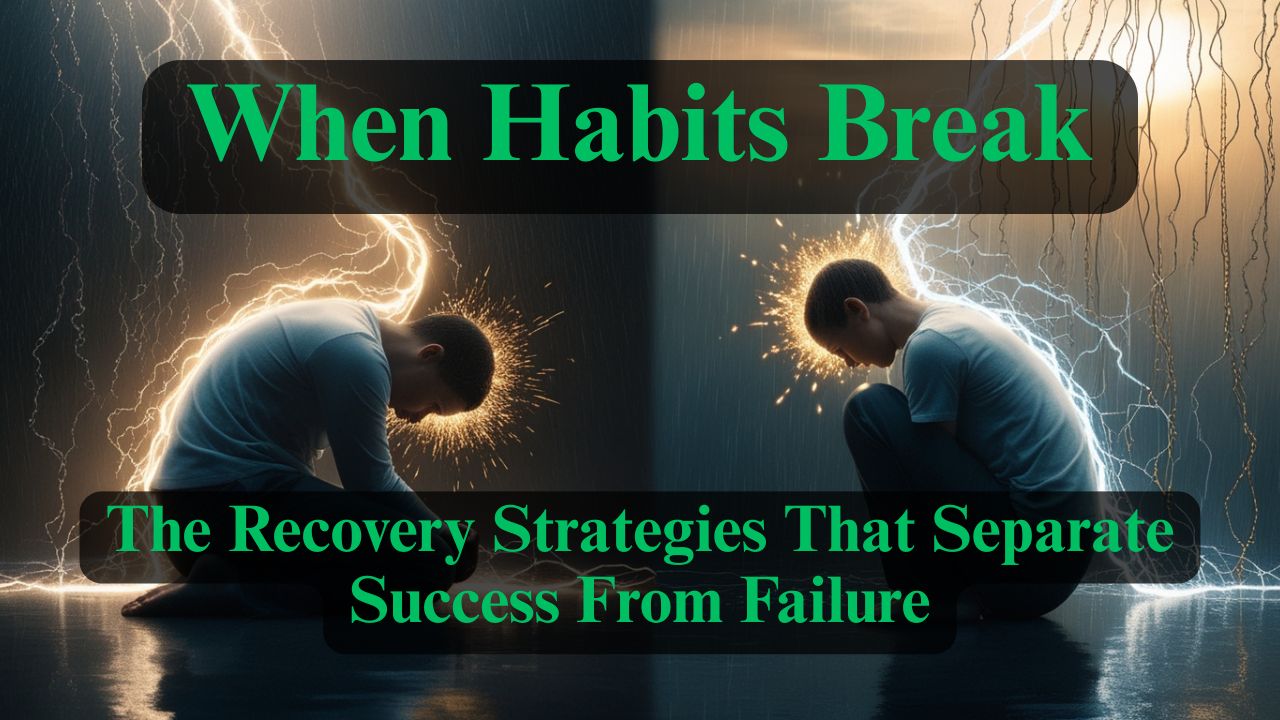
When Habits Fail - The Recovery Strategies That Separate Success From Failure
Here's what nobody tells you about building habits: you will fail. You'll miss days. You'll fall off track. You'll have weeks where everything falls apart.
Read Full Article
The Ultimate System - Designing a Life Where Good Habits Are Inevitable
You've learned to recognize habits, understand their formation timeline, stack them strategically, and recover from setbacks.
Read Full Article
